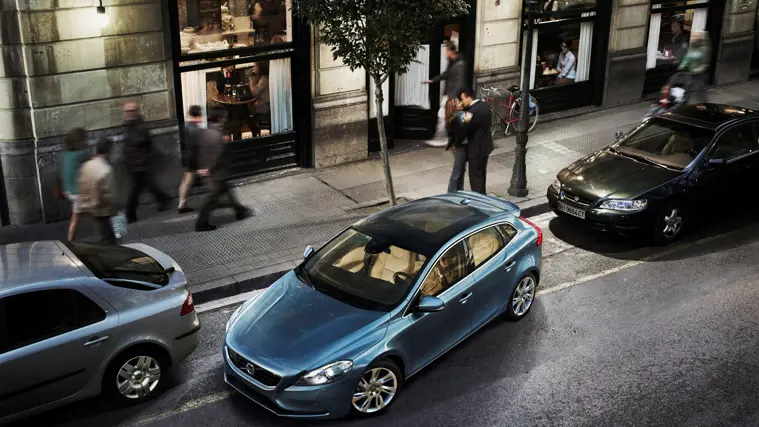What is park assist?
Look like a driving whizz without even touching the wheel: the cars that park themselves

If just thinking about reversing your car into a narrow parking space, all while bringing traffic to a halt, brings you out in a rash, there's a good chance you already own a car that can park itself.
Self-parking was some of the first autonomous driving technology to arrive in cars, arriving around a decade ago and now available in the majority of new models. No longer the preserve of luxury cars, even the Ford Fiesta and Peugeot 208 can park themselves.
Also known as Park Assist, the technology uses parking sensors fitted to the front, back and sides of the car, which detect spaces and obstacles. Basic versions will control the steering - twirling the wheel automatically - while the driver stays in charge of the accelerator, brake and gear changes.
More advanced systems are available too, including those that can not only park in a tight space, but drive out of one too - you'll find such a system on the Ford Fiesta. Nissan has a system that will park completely autonomously, taking charge of the brake and accelerator, as well as the steering.
There's even remote control parking on high-end BMW, Mercedes and Tesla models, allowing the driver to get out before the car drives itself into or out of a parking space, often controlled via a smartphone app.
How Park Assist works

You activate the system by pressing your car’s park assist button when you’re in a car park or a street you want to stop in. Many cars can use their parking sensors to search for a space as you drive along slowly, beeping when they identify a gap that the vehicle can squeeze into, or displaying a depiction of the available space on one of its information screens. You’ll normally need to indicate to tell the car which side you want to park on.
Once the space has been selected, and you’ve confirmed that you want to park there, the car takes control, telling you when you need to act (by accelerating or braking, for example) while it carries out the manoeuvre. You can stop at any time by pressing the brake, and override the steering by taking control of the wheel.
Park Assist systems

Steering assisted parking
This is the most common type of park assist system. You activate the park assist system and, once a spot has been selected, the car will display messages telling you when to accelerate, brake and change between forward and reverse gears.
The steering is entirely automatic, so the wheel will spin on its own as the car manoeuvres itself into a space. To avoid overriding the system, it's best to keep your hands on your lap while it does its thing.
Park and exit assistance
Park assist systems are increasingly able to drive cars out of a parallel space as well as into them, which comes in handy if you return to your car to find you’ve been sandwiched tightly between two other vehicles.
As with the standard system, the car takes control of the steering and tells you when to accelerate or brake. This can also reduce fatigue, as the car takes the strain out of steering the car from left to right as it manoeuvres out of the space.
Fully automated parking
This requires a further leap of faith from the driver. Your car doesn’t just manage the steering: it accelerates and brakes for you too.
There are safeguards: primarily the requirement to keep a button pressed throughout the manoeuvre. As soon as you take your finger off, the car will come to a complete stop. This setup is also typically exclusive to cars with an automatic gearbox and battery electric models, which don't require manual gear changes.
Remote control parking
Neighbours won’t fail to be impressed by the sight of a car driving itself into a garage without anybody inside. The system is operated by a digital key fob or a smartphone app. Once everyone is out of the car, the driver can activate the system and watch as the car rolls slowly into its space.
Cars can drive themselves out too, making it particularly handy for narrow garages and tight parking spaces that have little room for the doors to swing open.
Drivers have to keep pressing a button on their key fob or smartphone or the car will stop immediately. The vehicle also needs to be lined up so it can drive or reverse in roughly a straight line.
